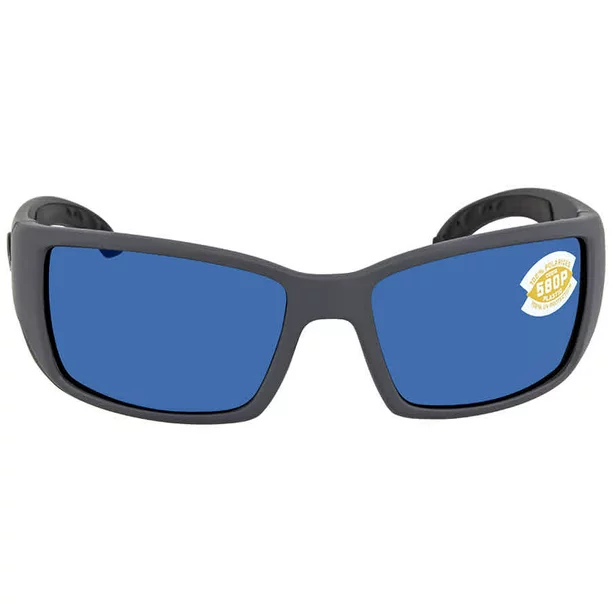In today’s marketplace, consumers are frequently exposed to various health and safety warnings on products ranging from household appliances to personal care items. One such warning label that often causes confusion and concern is the California Proposition 65 warning. This regulation requires manufacturers to alert consumers of any potentially harmful chemicals used in their products. Consequently, many products, including sunglasses, carry this warning. However, do all sunglasses have a Prop 65 warning? Let’s delve into the details.
Prop 65: A Brief Overview
Before tackling our main question, let’s briefly discuss what Proposition 65, or Prop 65, is. Prop 65, formally known as the Safe Drinking Water and Toxic Enforcement Act of 1986, is a California law that requires businesses to provide warnings about significant exposures to chemicals that cause cancer, birth defects or other reproductive harm. This warning label can be found on a wide variety of products sold within California, and even outside the state due to e-commerce.
Do All Sunglasses Have a Prop 65 Warning?

The short answer to this question is no, not all sunglasses carry a Prop 65 warning. The warning is required only if a product contains one or more of the over 900 chemicals listed by the State of California that may cause cancer, birth defects, or other reproductive harm.
Materials Matter
Different sunglasses are made from different materials, some of which may contain chemicals listed under Prop 65. For instance, the plastic used in some frames or lenses may contain Bisphenol A (BPA), a chemical recognized by the State of California to potentially cause reproductive toxicity. The presence of such chemicals in significant quantities may necessitate the placement of a Prop 65 warning on the product.
Manufacturing Processes
Another factor that determines the presence of a Prop 65 warning is the manufacturing process. Some processes might involve the use of certain chemicals listed under Prop 65. If there is a chance that exposure to these chemicals could occur from the use of the sunglasses, the manufacturers are required to label their products with a Prop 65 warning.
How to Determine if Your Sunglasses Have a Prop 65 Warning?
Given the aforementioned information, it is clear that not all sunglasses will carry a Prop 65 warning. The warning is generally provided on the product packaging, or in the product description if you are purchasing online. If the warning is not displayed, it usually means that the manufacturer attests the product will not expose you to the listed chemicals above the designated safe harbor levels defined by California.
Importance of Prop 65 Warnings on Sunglasses
Although Prop 65 warnings can initially be alarming to consumers, they play a crucial role in informing the public about potential exposures to harmful chemicals. However, a Prop 65 warning does not necessarily mean a product is unsafe. Remember, Prop 65’s unique feature is its focus on the consumer’s “right to know” about potential exposures rather than banning products that cause significant exposures to the listed chemicals.
Prop 65 Warnings and Consumer Choice
Despite not all sunglasses carrying a Prop 65 warning, these labels have a substantial influence on consumer choice. For those concerned about chemical exposure, products without the warning may be more appealing. However, it’s important to remember that many products without the warning may still be made with similar materials. The difference could simply be that those products aren’t sold in California or by a business with ten or more employees (the businesses Prop 65 applies to).
Conclusion
In summary, not all sunglasses have a Prop 65 warning. The presence of this warning is determined by the chemicals used in the sunglasses’ materials and manufacturing processes, and whether these chemicals are listed under Prop 65. Even if a product carries a Prop 65 warning, it does not inherently mean the product is unsafe to use. Prop 65 is about the consumer’s right to know about potential exposures to harmful chemicals. As a consumer, you can use this information to make informed decisions about the products you purchase.



Recent Comments